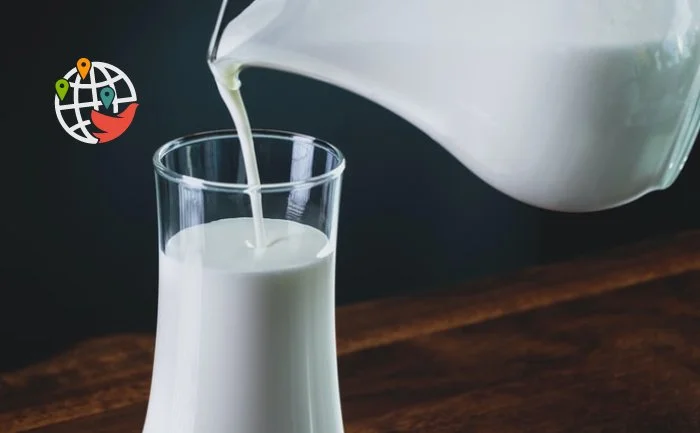Record rise in the price of dairy products in Canada

Café owners are also forced to raise prices.
Since February 1, 2022, not only have the prices of milk, cheese and butter risen — all products that include milk have also begun to rise sharply in price. The fault lies with the Canadian Dairy Industry Commission, which decided last October to raise the purchase price by 8.4% in order to protect the interests of farmers.
This is the biggest price jump in the history of Canadian agriculture. Dairy farmers will earn about $570 million CAD more in the new year than last year. They think this is fair, as feed and fuel costs have also risen significantly in recent years.
Foreign milk is practically not imported into Canada — any importer would be deterred by the 300% duty. Inside the country everything is also strictly regulated: each dairy farm has a quota, the excess product is fined, then it is sold and the profit is divided among all the farmers. During the pandemic, surplus milk was destroyed.
Unfortunately, only farmers benefit from the price increase. Although they, too, are not earning much because of quotas. The retail price of milk is up about 9.4% across Canada, as everyone in the supply chain between the farm and the store wants to make a profit, too.
And in big-city chain stores, the price has gone up 15% — Toronto supermarkets such as NoFrills, Loblaws, FreshCo, Metro and Walmart are averaging $5.5 CAD for a four-litre carton. Last year, such a carton could be purchased for $4.69 CAD. Thus, the price of regular cow's milk has equaled the price of oat milk, almond milk and other lactose-free substitutes.
People who live in Canadian metropolitan areas already spend a fair amount on rent and food. In Ottawa, for example, a family of five spent approximately $1,159 CAD a month on food in the fall of 2021. When it comes to specific products, here are the average prices a year ago.
But while people in the cities at least make good money, in the Canadian outback not all families with below-average incomes have been able to afford milk for several years. Now, while many criticize the policy of the Canadian Dairy Commission, there is hope that the local producer support scheme will finally be reconsidered and redesigned so that everyone else does not suffer.

















